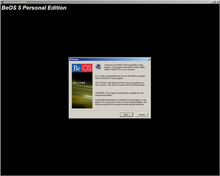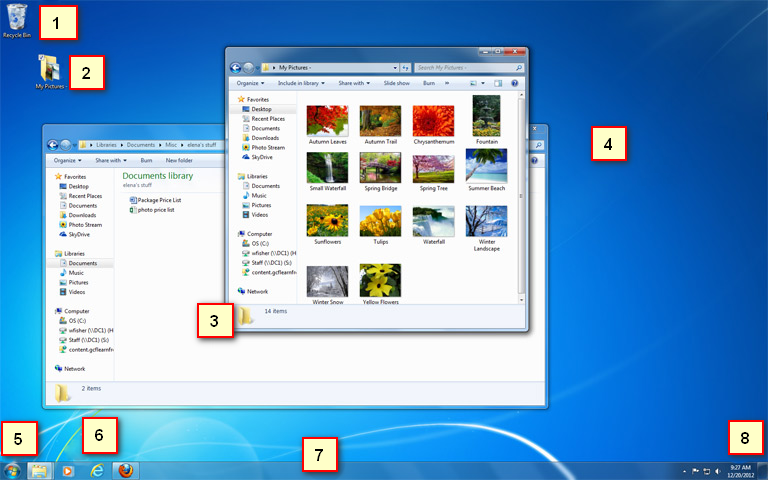Beos Dano
Has announced that beginning at the end of the first quarter of 2000, when BeOS R5 becomes available, users will be able to download it free of charge for. BeOS R5.1d0 or Dano/EXP (also known as EXP, Dano, and incorrectly as Dan0/EXP or Dan0) is the build codename and most commonly used name to refer to a leaked R5.1. Apr 08, 2013 Short overview of BeOS R5.03 running on a PowerMac and the illusive Dano for PowerPC build.
BeOS R5 OS family BeOS Working state Discontinued Source model Initial release October 1995; 22 years ago ( 1995-10) R5.0.3 (August 9, 2000; 17 years ago ( 2000-08-09)) PR2 (October 1997) Platforms, type Official website BeOS is an for first developed by in 1991. It was first written to run on hardware. BeOS was built for digital media work and was written to take advantage of modern hardware facilities such as by utilizing modular I/O bandwidth, pervasive multithreading, and a known as. The BeOS GUI was developed on the principles of clarity and a clean, uncluttered design. BeOS was positioned as a multimedia platform that could be used by a substantial population of desktop users and a competitor to and.
It was ultimately unable to achieve a significant market share, however, and proved commercially unviable for Be Inc. The company was acquired by and today BeOS is mainly used and developed by a small population of enthusiasts. The open-source OS, a complete reimplementation of BeOS, is designed to start up where BeOS left off.
Alpha 4 of Haiku was released in November 2012. Contents • • • • • • • • Design [ ] BeOS was optimized for digital media work and was written to take advantage of modern facilities such as by utilizing modular I/O bandwidth, pervasive multithreading, and a known as. The BeOS GUI was developed on the principles of clarity and a clean, uncluttered design. The was written in for ease of programming. It has partial compatibility and access to a through, although internally it is not a -derived operating system.

BeOS used as the default encoding in the GUI, though support for input methods such as input was never realized. History [ ] Initially designed to run on -based hardware, BeOS was later modified to run on -based processors: first Be's own systems, later 's and, with the hope that Apple would purchase or license BeOS as a replacement for its aging.

Apple CEO started negotiations to buy Be Inc., but negotiations stalled when Be CEO wanted $300 million; Apple was unwilling to offer any more than $125 million. Apple's board of directors decided was a better choice and purchased in 1996 for $429 million, bringing back Apple co-founder. In 1997, began bundling BeOS (on a CD for optional installation) with its line of PowerPC-based. These systems could either the or BeOS, with a start-up screen offering the choice. Due to Apple's moves and the mounting debt of Be Inc., BeOS was soon ported to the platform with its R3 release in March 1998. Through the late 1990s, BeOS managed to create a niche of followers, but the company failed to remain viable. Also released a stripped-down, but free, copy of known as BeOS Personal Edition (BeOS PE).
BeOS PE could be started from within or, and was intended to nurture consumer interest in its product and give developers something to tinker with. Also released a stripped-down version of BeOS for Internet Appliances (), which soon became the company's business focus in place of BeOS. In 2001 Be's copyrights were sold to for some $11 million. BeOS R5 is considered the last official version, but BeOS R5.1 ', which was under development before Be's sale to Palm and included the (BONE) networking stack, was leaked to the public shortly after the company's demise. In 2002, Be Inc. Sued claiming that had been dissuaded from selling PCs loaded with BeOS, and that had been pressured not to market an Internet appliance in partnership with Be.
Be also claimed that Microsoft acted to artificially depress Be Inc.' The case was eventually settled out of court for $23.25 million with no admission of liability on Microsoft's part. After the split from Palm, used parts of BeOS's multimedia framework for its failed product. Smart Moves By Carla Hannaford Pdf. With the takeover of PalmSource, the BeOS rights now belong to Continuation and clones [ ] In the years that followed the demise of Be Inc. A handful of projects formed to recreate BeOS or key elements of the OS with the eventual goal of then continuing where Be Inc.
This was facilitated by the fact that Be Inc. Released some components of BeOS under a free licence. Here is a list of these projects: • BlueEyedOS: It uses a modified version of the Linux kernel that allows it to run Beos applications. It is free and open source software. There have been no releases since 2003.